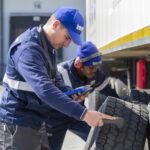Of electrification and better efficiency
Of electrification and better efficiency
The writing is on the wall… humanity needs to curb its greenhouse gas emissions if we are to survive. Luckily, there are many in the transport industry answering this call. We take a look at two extra-heavy examples: one from abroad and another on the home front.
MAN Truck & Bus is joining the extra-heavy commercial vehicle (EHCV) electrification ranks as its new heavy MAN eTruck is set to go on sale at the end of October in the first European markets. According to the company’s plans, this should already account for around 50% of MAN’s new EU vehicle registrations by 2030.
To ensure that the eTruck is in no way inferior to today’s diesel trucks in terms of performance, reliability, and efficiency, it has already undergone extensive durability, load, and safety validations on its way to series production readiness. This includes hundreds of thousands of kilometres of road tests, including in the icy cold of the Swedish winter at -40°C and, most recently, in the extreme summer heat of southern Spain at 40°C. These conditions place extreme demands on the temperature management of the batteries, the charging management, and the powertrain components.
In Spain, 40 development experts have spent 10 weeks testing the new MAN eTruck over 10,000 kilometres in sometimes extreme topography with numerous inclines and declines. The truck was tested by day and night, meeting the demanding and disparate requirements of a range of transport tasks.
In order for the transport industry’s green drive turnaround to succeed, MAN and the German Freight Transport and Logistics Association (BGL) are jointly calling for the accelerated expansion of public charging infrastructure.
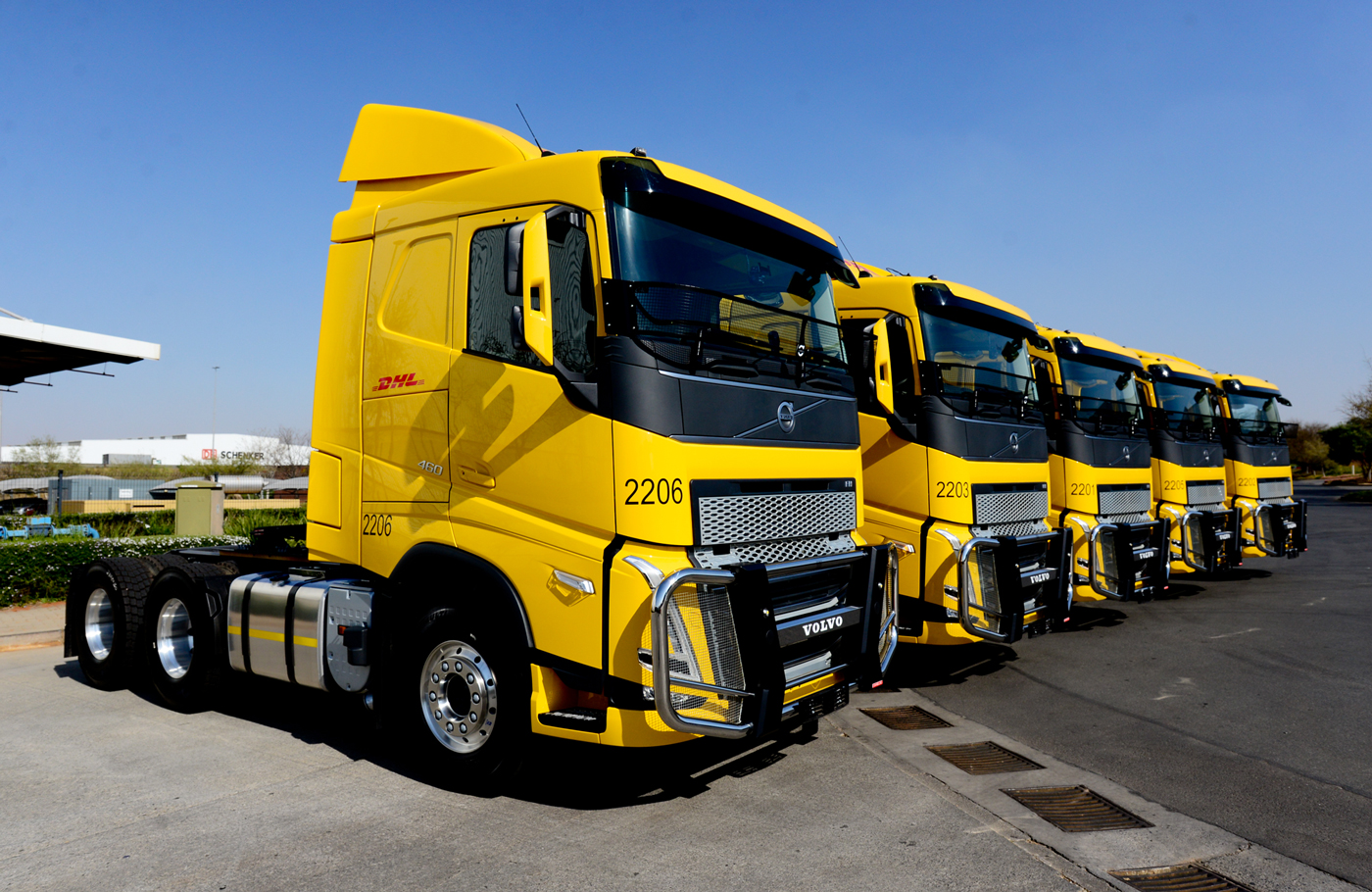
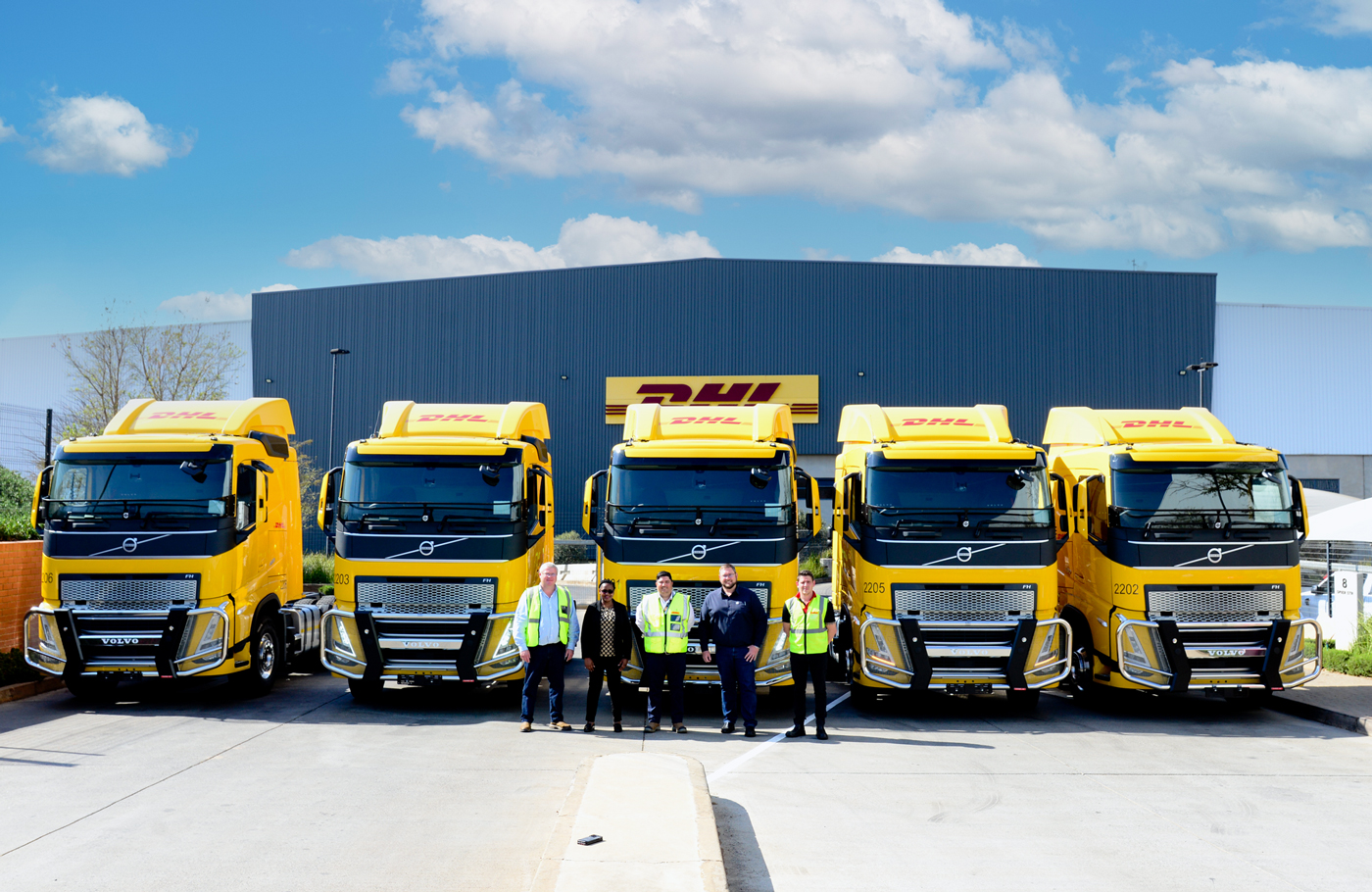
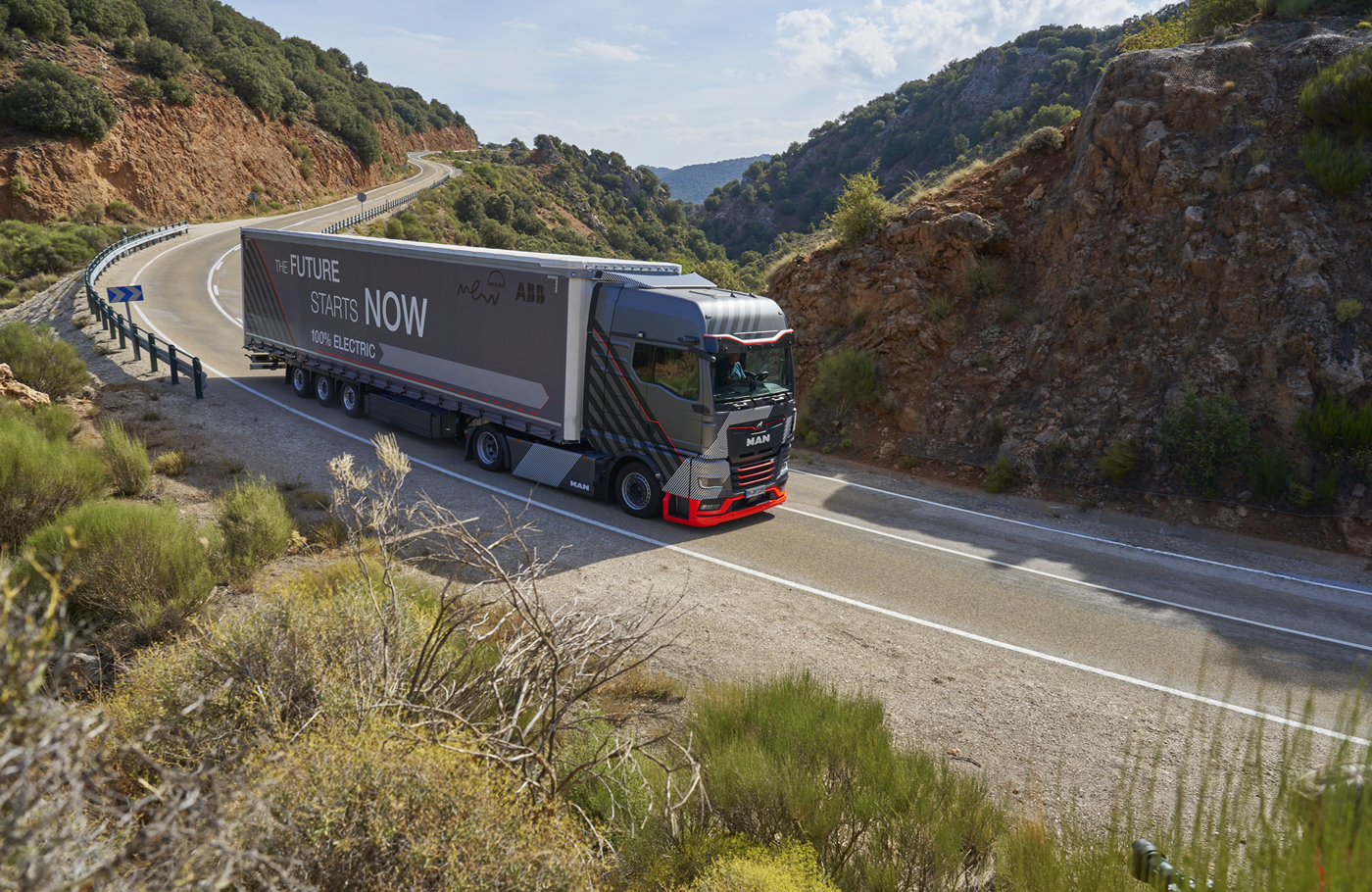
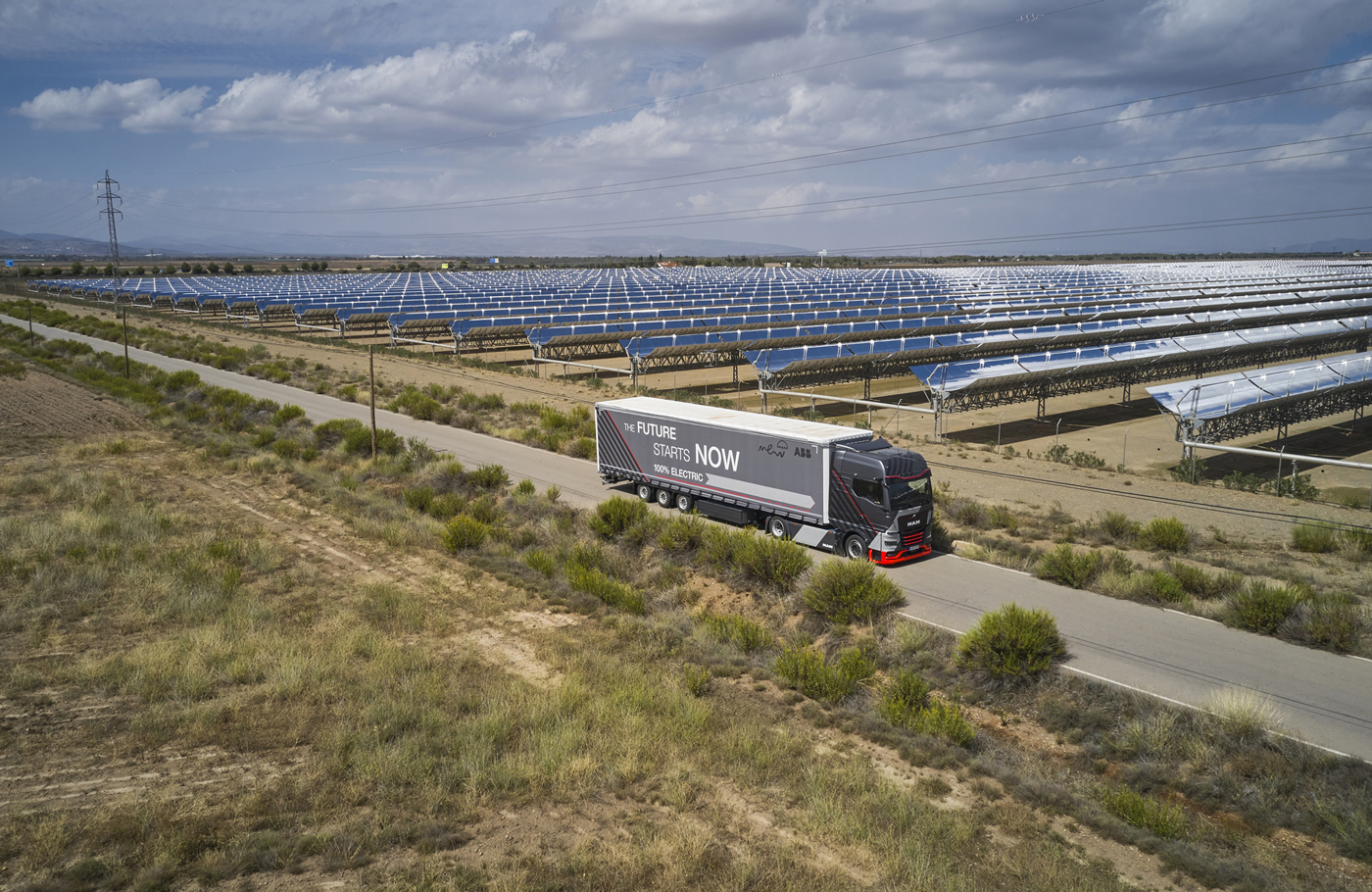

“Around 96% of the greenhouse gas emissions of our current diesel vehicles are attributable to the use phase. That’s why battery-electric drives for commercial vehicles are the decisive key to achieving CO2 reduction targets. But for our customers to switch from diesel to battery-electric trucks, a nationwide charging infrastructure is a basic prerequisite,” says Dr Frederik Zohm, executive board member for research and development at MAN Truck & Bus SE. “Here, we urgently need a significantly accelerated expansion to at least 4,000-MW charging points in Germany and 50,000 high-capacity and megawatt charging points in Europe by 2030.”
Zohm emphasises that the company has done its homework to prepare for the imminent start of eTruck sales. “Now we urgently need the support of policymakers and the commitment of the energy industry, in order to jointly make a success of the traffic turnaround in road freight transport,” he adds.
“The climate targets in road freight transport can only be achieved if the framework conditions and operating economics are right,” notes BGL board spokesperson, Prof. Dirk Engelhardt. “In addition to the availability of vehicles with alternative drive systems, these include the widespread availability of charging and, above all, power grid infrastructure, as well as planning and investment security for funding programmes for the switch to electromobility.”
This doesn’t only ring true for European markets, as the same requirements will have to be in place anywhere EHCVs are going to be used. Closer to home, we face some obvious challenges in this regard, but that doesn’t mean South Africa isn’t joining the fight against climate change. Volvo, for example, is handing over 45 Volvo FH Euro 5 truck-tractors to add to DHL Supply Chain’s South African fleet. The company has already taken delivery of the first five units, with the balance to be delivered by November this year.
All the FH Euro 5 units were assembled in Volvo Trucks’ local plant in Durban, KwaZulu-Natal. Volvo Trucks South Africa started assembly of Euro 5 specification trucks at its plant in October 2022, but the company’s Euro 5 variants have been available in South Africa since 2012.
“As part of our commitment to sustainability in this country, we are actually producing these vehicles locally, even though Euro 5 is not a legal requirement here yet,” says Eric Parry, sustainability manager at Volvo Trucks SA. “The Euro 5 vehicles are an evolution in our mission towards a more sustainable future. More and more customers have ambitions to improve their environmental footprint, which is driving the uptake of Euro 5 models locally.”
Eon Engelbrecht, DHL Supply Chain’s director of transport for Africa, adds: “We were super excited to receive our first five Euro 5 Volvo trucks. Not only are they helping provide employment by being produced locally, but they will make our environment cleaner.”
Takalani Tshirame, Volvo Trucks SA’s senior manager of product support, explains that the whole industry is shifting its focus to decreased fuel consumption and increased fleet efficiency, with a focus on more environmentally friendly technologies. “Volvo Trucks uses SCR Technology and AdBlue in order to meet the requirements of Euro 5. In general, the Euro 5 engines have a lower fuel consumption than an equivalent Euro 3 unit. We also offer our customers specialised Euro 5 driver training, mainly to empower the drivers to operate their vehicles at their most efficient levels,” she says.
“We believe in the success of sustainable transport solutions, but there is no silver bullet. That is why Volvo is focused on three main strategic levers: battery-electric technology, fuel cell electric, and combustion technology using low carbon fuels,” Tshirame continues. “We’re confident that our trucks, services, and operations will lead the way there.”
It’s great that climate crusaders like MAN and Volvo, as well as other OEMs in the transport industry, are doing their part to offer transport operators the equipment they need for a more sustainable future. We just hope that governments and policymakers provide the regulatory support needed to emerge victorious in this good fight.
Published by
Focus on Transport
focusmagsa

